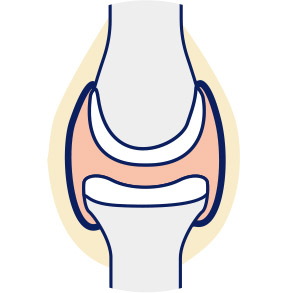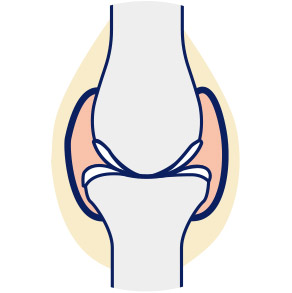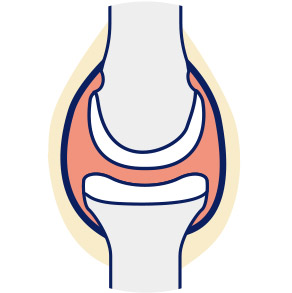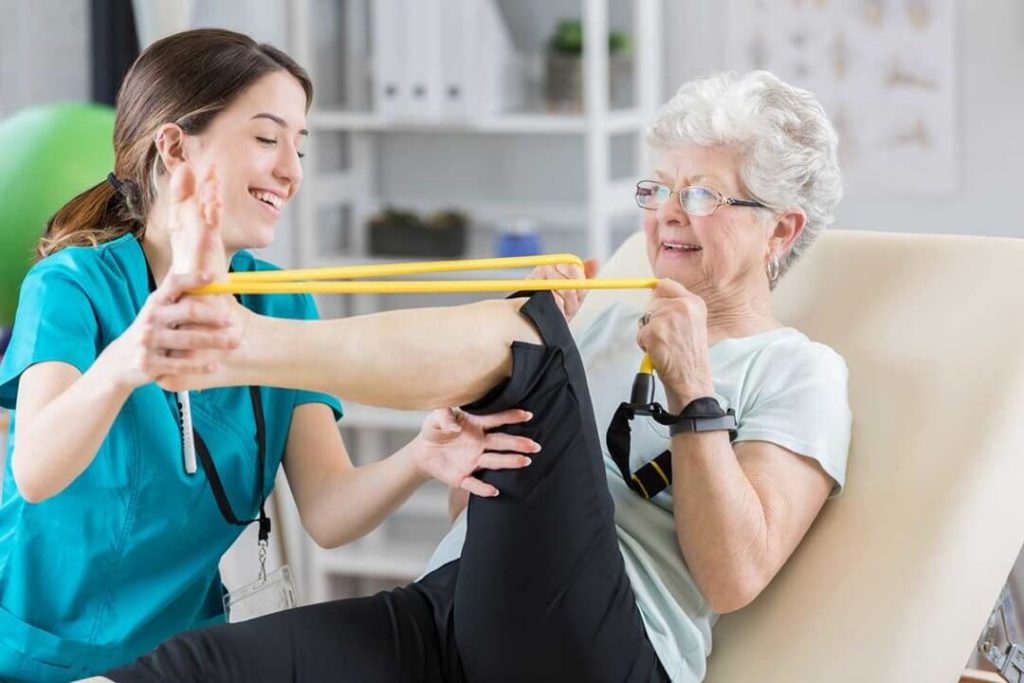Types of Age-Related Arthritis
Different kinds of arthritis come with different challenges. Osteoarthritis (OA), the most common type that affects senior citizens, occurs when the cartilage or cushion between joints breaks down. This can take its toll on the hands, hips, knees, neck, and lower back.
Approximately 30% of people with psoriasis develop a form of inflammatory arthritis called psoriatic arthritis.
Other people have rheumatoid arthritis (RA), an autoimmune disease in which the body’s immune system mistakenly attacks the joints. The body’s own enzymes break down the joint lining and increase inflammation. Individuals with RA also experience fever, fatigue, anemia and other internal side effects.










